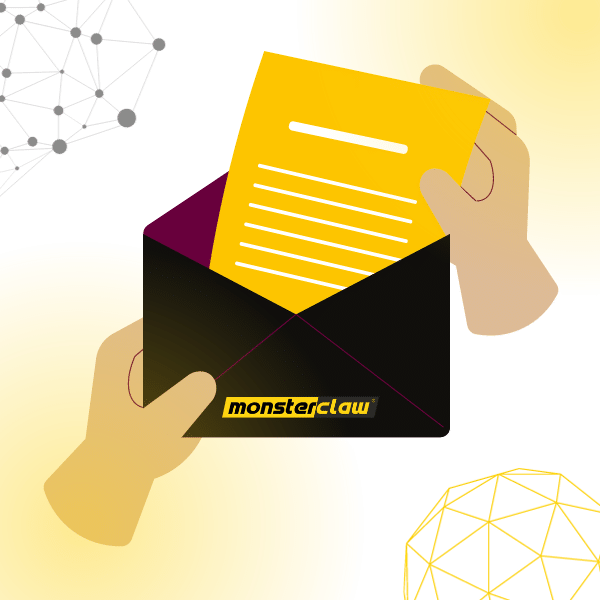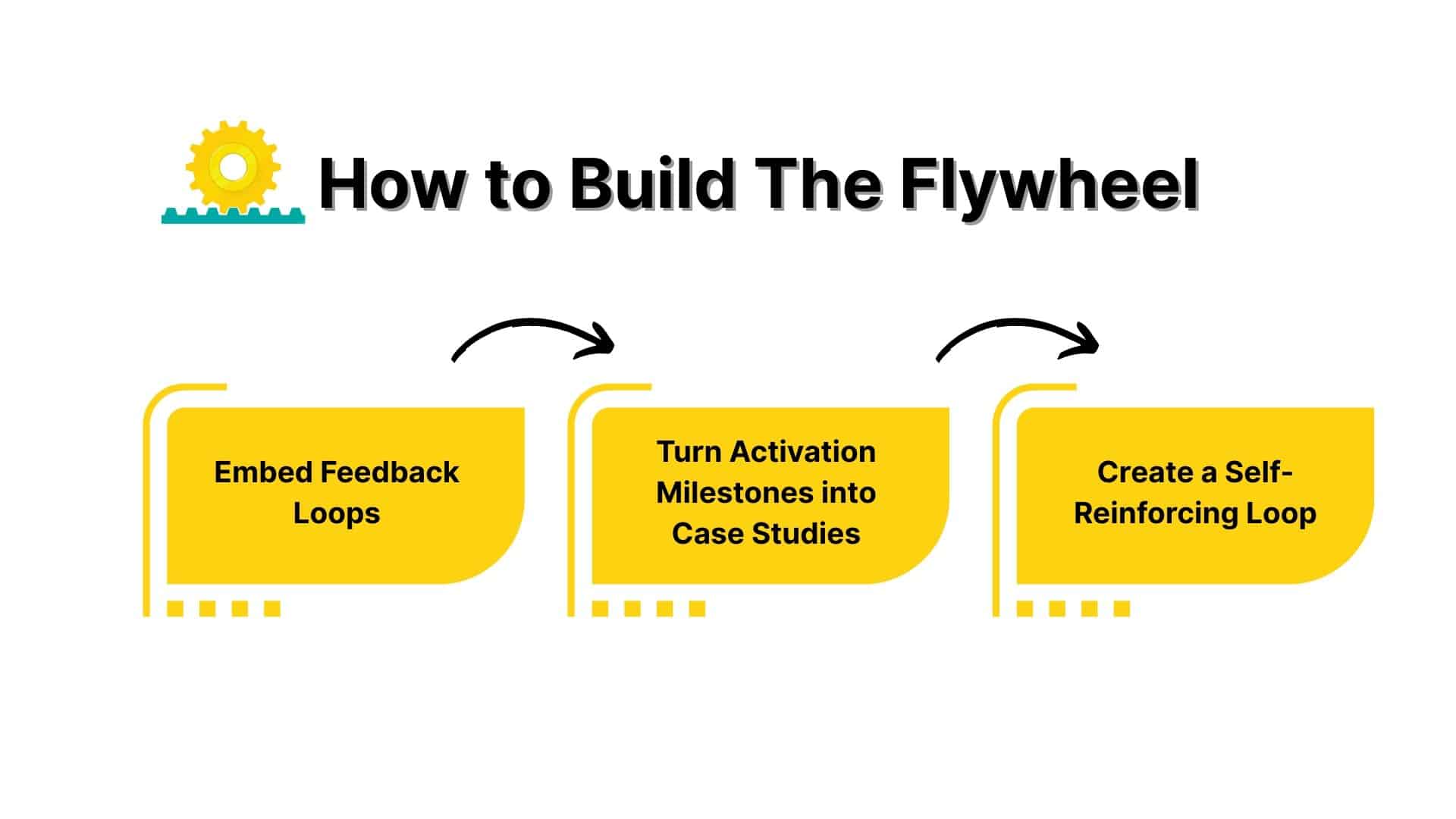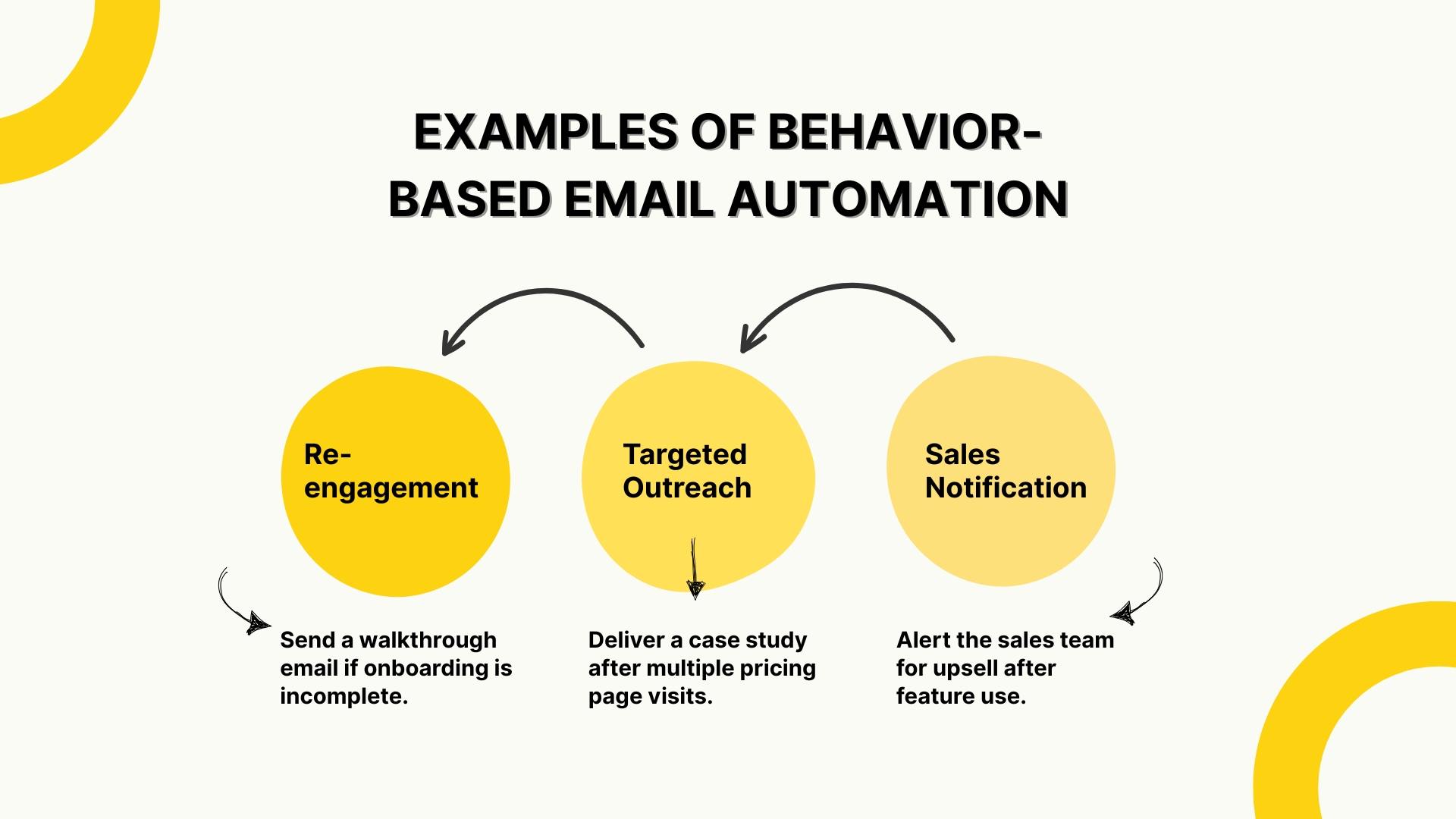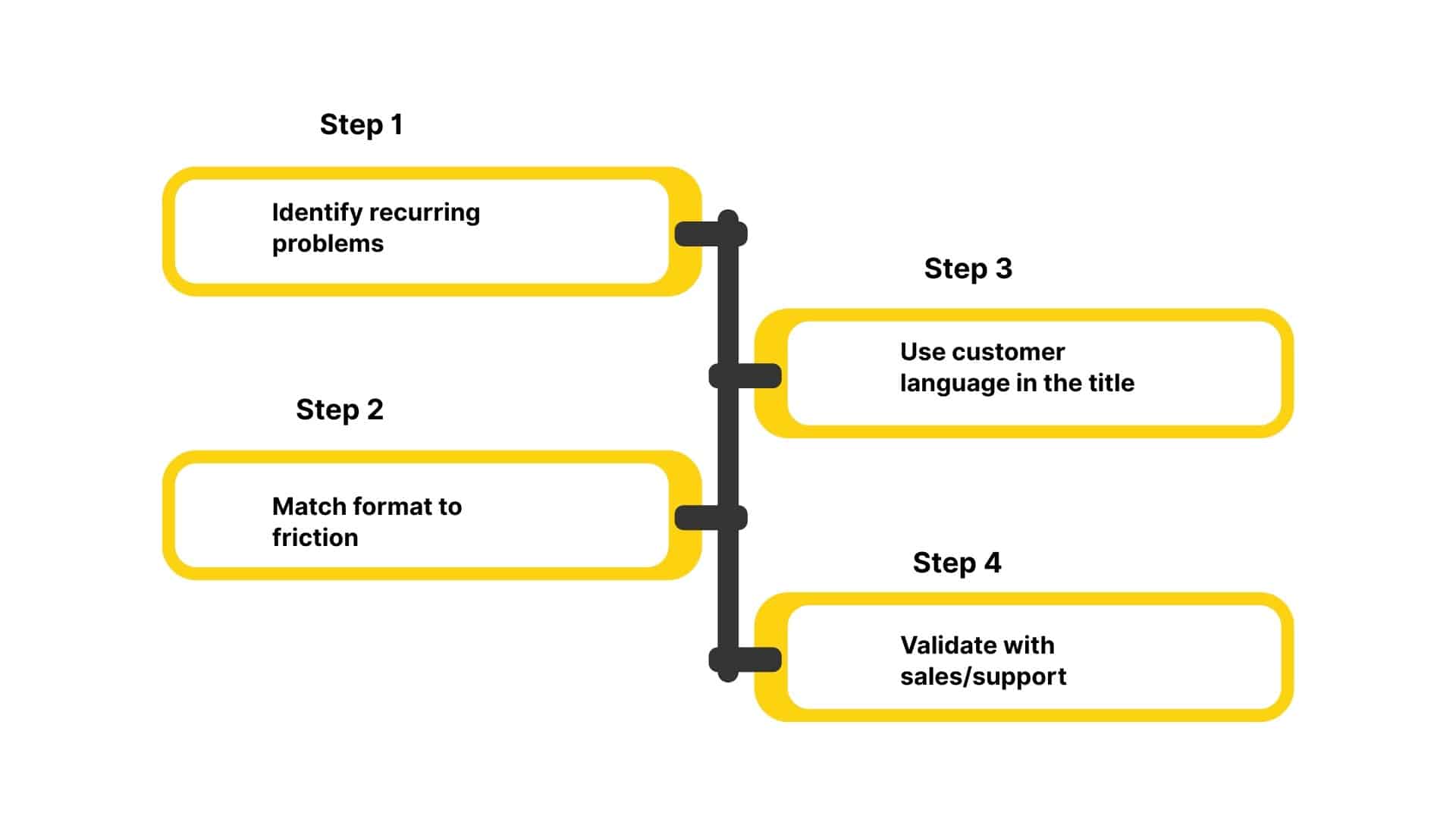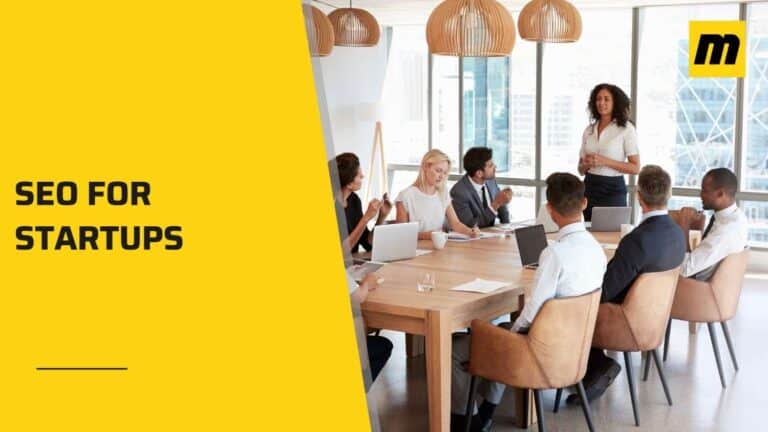Sometimes, B2B SaaS lead gen feels like shouting into the void. You aren’t alone in this.
You’ve got the landing pages, the demo form, and maybe even a gated ebook, but conversions? Meh.
The truth is, that most SaaS brands are stuck recycling the same tired playbook. Generic CTAs, cold outreach with colder content, and lead magnets built for algorithms. Not an actual human!
This is what you need to do. Here are the top 8 strategies like a cheat code for bringing conversions:
- Micro-Conversions
- Psychological Triggers
- Voice-of-Customer-Driven lead magnets
- Intent-First, Not Channel-First
- The Retention → Referral → Revenue Funnel
- Data-led personalization without overcomplication
- Experimentation framework for conversion uplift
Check out How To Start Affiliate Marketing: A Complete Guide for Beginners
1. The “Customer Success Flywheel” Strategy
Instead of constantly chasing new leads, why not let your existing customers help spin the wheel? That’s the idea behind the Customer Success Flywheel.
The Flywheel works as a self-reinforcing loop where customer satisfaction fuels acquisition, retention, and advocacy. You can say it is a mindset more than a strategy. You make your customers happy, and then they become loyal to you.
The reason for creating this system is:
- Capture feedback at key touchpoints
- Turn milestones into marketing assets
- Encourage happy users to bring in new ones
- Fueling continuous growth
Here’s how you build the flywheel:
1. Embed Feedback Loops
Start where your customers are already engaged. And that is in the product.
- Gather initial feedback on customer expectations and experiences
- Collect real-time insights to spot challenges
- Tune into user sentiments for proactive support and product improvements
Use tools like:
- Userpilot: Customized in-app tours, surveys, and announcements
- Appcues: Trigger surveys or prompts based on specific user actions
- Hotjar: Collect visual insights and qualitative feedback to understand user behavior in real-time.
You can trigger:
- Onboarding surveys after users complete their first session
- In-app NPS surveys at key product moments
- Prompts asking if users want to share a testimonial or a success story
2. Turn Activation Milestones into Case Studies
Your product probably has some clear “aha!” moments. It may occur when a user completes their first workflow or saves a significant amount of time.
Turn those into mini case studies:
- Identify power users or quick adopters
- Ask them for a short quote or feedback
- Capture measurable results and quotes
- Turn their experience into a social proof (LinkedIn post, landing page feature, etc.)
- Expand reach and fuel the flywheel with new leads
This not only validates your product but also turns users into champions.
3. Create a Self-Reinforcing Loop
Once the system is in place, it runs smoothly:
- New users onboard faster
- They see value earlier and share positive feedback
- That feedback becomes content (testimonials, case studies, referrals)
- That content attracts new users… and the loop continues
Why it Works:
- You’re leveraging assets you already have
- Prospects are more likely to believe other customers than your ads
- It tightens product-market fit over time
- Constant feedback sharpens your offering
2. Micro-Conversions: The Hidden Goldmine
Most B2B SaaS marketers obsess over macro-conversions. They will fill out the forms, make demo bookings, and sign up. However, they mostly ignore the smaller, quieter signals that show real buyer intent.
These smaller actions often reveal what drives users and how they behave. This helps marketers find quality leads and improve their nurturing strategies.
Why Micro-Conversions Matter?
Think of micro-conversion as behavioral breadcrumbs that indicate interest, intent, and engagement long before a big action is taken.
- Creating better data to track trends and user behavior
- Measuring how small changes in products and marketing work
- Personalizing engagement strategies
- Guiding leads to larger goals
- Spotting early drop-off issues
- Quickly boosting conversion rates
Examples of Micro-Conversions in SaaS
- Clicking on a product-related email
- Completing an onboarding checklist
- Spending time on a pricing or features page
- Starting (but not finishing) a product tour
- Using a specific feature repeatedly
- Downloading a gated asset but not scheduling a demo
- Signing up for newsletters or downloading ebooks shows your interest
- Chatting with bots or starting live chats means you’re ready to buy or need help
How Micro-Conversions Help Segment Intent and Nurture?
Macro-conversions usually take a while. It requires a lot of thought or approval from higher-ups. On the other hand, micro-conversions happen right away.
They show us where someone is in their journey, what catches their interest, and how much support they might need along the way.
For example:
- A lead clicking your email on “security features” likely has a compliance concern.
- A user replaying your product tour thrice may need clarity on how your tool fits their workflow.
- Custom content that meets users’ needs.
- Smart remarketing based on user activity.
- Advanced lead scoring to prioritize sales outreach.
- Identifying drop-off points to improve user experience.
Actionable Tactics: Behavioral Triggers Over Static Drips
Instead of relying solely on time-based email campaigns, layer in behavior-based automation.
Some examples:
- If a user gets halfway through onboarding but drops off, send them a re-engagement email for a live walkthrough.
- If they visit the pricing page twice a day, send a relevant case study.
- For free trial users utilizing a high-value feature thrice, notify sales for upsell follow-up.
- Personalize offers or product suggestions based on the little actions a user takes within the app or website.
These aren’t gimmicks, they’re conversion accelerators. They speak to what the user is doing, not what stage they’re supposed to be in.
3. Psychological Triggers That B2B SaaS Brands Ignore
Most SaaS lead generation strategies rely heavily on features and funnels. However, marketers mostly overlook what actually triggers humans to make decisions.
Psychological triggers can boost lead conversion by aligning with human thought processes instead of marketers’ assumptions.
Here are three powerful yet underused psychological levers:
1. Reciprocity: Giving First with Freemium or Tools
People are wired to return favors. In SaaS, this means offering genuine value before asking for an email or demo.
What this looks like:
- A free tool that tackles a small but annoying problem.
- You get a great ungated resource first, then an irresistible gated follow-up.
- Upgrades boost conversions by highlighting benefits without pushiness.
- Using feedback from free users to improve features builds trust and loyalty.
2. Anchoring and Decoy Pricing in Lead Gen Forms
Anchoring is when we focus on the first information we see. To generate leads before sales talks, consider using smart pricing or offer structures that catch attention.
Examples:
- A free trial next to a “$499/month” plan boosts perceived value.
- A lead gen form with a “See Enterprise Features” link near signup suggests added value, even if not clicked.
3. Authority and Social Proof via Live Usage Stats
B2B buyers tend to play it safe. They’re not trailblazers; they just want to make the right choice. Seeing others back a product gives them peace of mind, and having authority makes it easier to trust.
What works well:
- Check out our real-time stats
- You’ll see logos of major customers and testimonials
- Short testimonials embedded directly in lead-gen forms
4. Voice-of-Customer-Driven Lead Magnets
Most lead magnets fail because they’re built from a marketer’s perspective, not a customer’s. They’re polished, well-designed, and utterly forgettable.
They don’t speak the way real users do or solve the problem users are actually trying to solve. You won’t find the highest-converting SaaS lead magnets from brainstorming sessions. They’re mined from the messy reality of customer feedback.
Why Most SaaS Lead Magnets Miss the Mark?
Here’s the usual approach:
- Create a generic checklist, “Ultimate Guide,” or an ebook
- Add a trendy design
- Gate it behind a form
- Call it a day
What’s missing? Relevance. Specificity. Emotion.
These assets often sound like marketing copy, not like something a real user asked for. And that’s the problem.
You don’t want lead magnets that sound smart. You want ones that feel useful to your ICP (ideal customer profile).
Where to Find Real Customer Language?
To build lead magnets that convert, listen to how your users describe their pain. Don’t solely rely on how your team describes your solution. Sources include:
- Support tickets: What are users struggling to understand or use?
- Sales call transcripts: What objections or hesitations come up most?
- Reddit, Slack groups, or Facebook communities: What rants and recurring questions show up?
- G2, Capterra, or Trustpilot reviews: Look for repeat phrases in negative and positive reviews
How do you reverse engineer high-converting lead magnets from VOC data?
Step 1: Identify recurring problems
Group complaints, questions, and hesitations into themes. For example:
- “Too many tools, hard to manage workflow” → opportunity for a “Tech Stack Consolidation Audit Template”
- “Struggling to prove ROI to leadership” → opportunity for a “Marketing ROI Pitch Deck for SaaS Teams”
Step 2: Match format to friction
Once you know the problem, ask: What format would make solving this easier? A calculator, template, swipe file, decision tree, or 5-minute audit?
Step 3: Use customer language in the title
- Bad: “Productivity Optimization Worksheet”
- Better: “The Time-Draining Tasks SaaS Ops Teams Hate. And How to Automate Them”
Step 4: Validate with sales/support
Ask your front-line team: “Would any of your prospects/customers use this tomorrow?” If not, go back to the pain points.
5. Intent-First, Not Channel-First
Too many SaaS brands chase channels instead of customer behavior.
- “We need to be on LinkedIn.”
- “Quora’s working for a competitor.”
- “Let’s do more YouTube.”
But without understanding why a buyer is on that channel, what their intent is, and where they are in the funnel? What you do is just throw content into the void.
Why Chasing “LinkedIn” or “Quora” Doesn’t Work in Isolation?
Being everywhere is not a strategy. Each platform attracts users with different mindsets and at different levels of buying intent.
For example:
- Someone browsing LinkedIn may be exploring ideas
- Someone Googling “best [your category] tools” is in decision mode
- Someone on Quora asking “how to fix [X pain]” is likely in research mode, not vendor comparison
Map Intent to Funnel Stage
The intent has tiers, and each tier matches a stage in the buyer journey:
| Intent Level | Funnel Stage | User Behavior | Content Type That Converts |
| Low | TOFU (Top of Funnel) | Exploring problems, unaware of solutions | Playbooks, explainer videos, benchmarks, trend reports |
| Medium | MOFU (Middle of Funnel) | Comparing solutions, looking for clarity | Feature vs. feature breakdowns, calculators, case studies |
| High | BOFU (Bottom of Funnel) | Ready to evaluate or buy | Demo videos, ROI sheets, implementation guides, customer proof |
Intent-First Asset Planning: TOFU, MOFU, BOFU Mapped with Funnel-Fit Content
Start by identifying what your ICP is trying to do at each stage:
- TOFU: “I need to understand what’s going wrong with my team’s workflow.”
- MOFU: “I’ve seen three tools. How does yours actually save me time?”
- BOFU: “Convince my boss this is worth switching.”
Relatable Reads: How To Build A Killer Sales Funnel
6. The Retention → Referral → Revenue Funnel
Retention isn’t a post-sale metric. It’s a growth strategy hiding in plain sight.
Too often, SaaS companies separate “growth” from “retention” as if acquisition and loyalty belong to different teams.
But when you build for retention first, you turn them into your next top-of-funnel engine.
Here’s how.
Retention = Lower CAC, Higher LTV, More Organic Leads
Every retained user reduces the pressure on your CAC. Why?
- They stay longer → more revenue per user
- They require fewer resources to re-engage
- They become product advocates, doing your marketing for free
Turn Retention Into Referral
Referral doesn’t start with a “Share this with a friend” button. It starts with delight and momentum. Here are tactics to structure it:
1. Time-Gated Referral Nudges
Instead of pushing referrals on day one, wait until:
- A user completes a key milestone
- A usage threshold is met
2. In-App Rewards Based on Usage Metrics
Don’t just offer discounts or gift cards. Reward users based on meaningful product activity, like:
- Extra team seats for inviting others
- Exclusive templates or integrations unlocked after X invites
- Priority support or beta access after a referral milestone
3. Leaderboards and “Power User” Status
SaaS users love public recognition, especially in niche industries. Build simple gamified loops like:
- “Top Referrers This Month” leaderboards
- “Power User” badges tied to usage + referrals
- Private Slack groups or VIP webinars for referrers
4. Automate Advocacy Through Product-Led Signals
Examples:
- Trigger referral prompts after a user gives a high NPS score
- Ask for a G2 review before requesting a referral
- Use in-app messaging to nudge high-engagement users at just the right time
7. Data-Led Personalization Without Overcomplication
Everyone talks about personalization, but most SaaS brands overcomplicate it. They delay execution or confuse it with account-based marketing (ABM).
The truth? You don’t need 1:1 workflows or endless data mapping to make personalization drive conversions.
You just need to use the right data at the right moments, with simple rules that scale.
Start With 1: Many Personalization, Not 1:1 ABM
ABM works well for large enterprise deals but is resource-intensive and struggles to scale at the mid-funnel, where most SaaS buyers are. What works better?
👉 1: Many Personalization: Use known firmographic or behavioral traits to create segment-level variations that feel personal. However, they aren’t manually crafted for each account.
Examples of 1: Many Personalizations That Convert
- CTAs that change by company size
- SMBs: “See how we cut costs for 10-person teams.”
- Enterprises: “How [F500 brand] scaled ops across 17 departments”
- Use-case landing pages by industry
- Healthcare: Emphasize compliance, reliability
- SaaS: Emphasize speed, integrations, and APIs
- Feature-focused CTAs based on visit behavior
- If a visitor viewed your analytics page, show a follow-up CTA: “Get a walkthrough of our analytics dashboards in 5 mins.”
Why 1: Many Personalization Outperforms 1:1 ABM in Mid-Funnel Scale?
| 1: Many Personalization | 1:1 ABM |
| Faster to implement | Slower, manual |
| Scales across thousands of accounts | Works for a handful of high-ticket deals |
| Data-driven & automated | Relationship-driven |
| Best for mid-funnel conversion | Best for bottom-funnel negotiation |
8. Experimentation Framework for Conversion Uplift
Most SaaS blogs stop at: “A/B test your headline.” But that’s table stakes.
Real conversion optimization in B2B SaaS requires structured, high-velocity experimentation, not random button color tests.
Here’s how to go beyond A/B and build a framework that drives repeatable uplift.
Beyond A/B: Advanced Testing You’re Probably Not Doing
1. Multivariate Testing (MVT)
- Test multiple variables at once
- CTA text, placement, hero copy, and testimonial layout
- Ideal when high traffic volume and interactions are interdependent
2. Sequential Testing
Run experiments in phases, especially when traffic is low:
- Week 1–2: Baseline
- Week 3–4: Variation A
- Week 5–6: Variation B
3. Intent-Path Testing
Instead of testing a single page element, test entire paths based on user intent:
- This focuses on tracking what users want as they go through the process.
- It helps improve the funnel more thoroughly, beyond just looking at basic metrics.
How to Prioritize What to Test
Use this Effort vs. ROI Matrix:
| High ROI | Low ROI |
| Low Effort → 🟢 Priority
High Effort → 🟡 Plan |
Low Effort → ⚪ Optional
High Effort → 🔴 Avoid |
Focus first on:
- High-traffic pages with low conversion rates
- Pages with clear intent misalignment
- CTA copy + placement + sequencing
Frequently Asked Questions: B2B Saas Lead Generation Strategy
What is the average cost per lead in SaaS?
The average cost per lead in SaaS ranges from $160 to $300, depending on industry, deal size, and channel.
Where can I generate leads from?
Top SaaS lead sources include LinkedIn, Google Ads, SEO, content marketing, cold outreach, webinars, partner marketing, and product-led growth (freemium).
What is the fastest way to generate leads?
Paid search (Google Ads) and cold outbound (email or LinkedIn) are the fastest methods for generating leads.
How much should you pay for B2B leads?
For high-quality B2B SaaS leads, expect to pay $150–$300+ per lead.
How much does lead generation cost?
Lead generation costs vary widely from $1,000/month (in-house) to $10,000+/month (agencies or tools).
